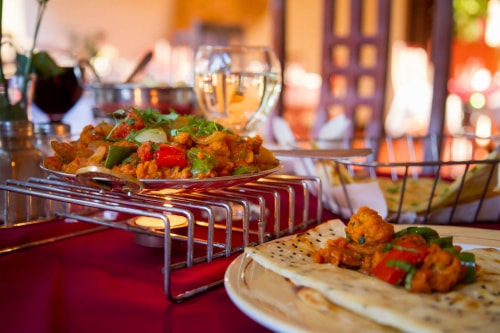- +260-976-665265
- +260762165496
- ismc2025@gmail.com
Livingstone can be reached directly from Lusaka International, Johannesburg International and Nairobi International airports
Radisson Blu Mosi-Oa-Tunya, Livingstone Resort, Zambia
Livingstone, Zambia
ismc2025@gmail.com
Livingstone can be reached directly from Lusaka International, Johannesburg International and Nairobi International airports
Livingstone is situated in Zambia, Southern Africa. A land-locked country, Zambia is bordered by 8 other countries: Zimbabwe, Botswana, Namibia, Angola, Democratic Republic of Congo, Tanzania, Malawi, and Mozambique This amazing little town is known as one of the top tourist destinations in Africa and is often voted as one of the best adventure destinations in the world. It is a very safe place to be, and you will find everyone to be happy, helpful, and friendly. Livingstone is in the Southwest of Zambia, a few kilometres from the Zambezi River and the border with Zimbabwe and is a hub for visitors to the Victoria Falls. The adjoining Mosi-Oa-Tunya National Park surrounds the Zambian side of the falls.
Originally known as the Old Drift, Livingstone owes its existence primarily to the Victoria Falls and was established as a staging point across the Zambezi River. The town is named after the Scottish explorer Dr David Livingstone, the first European to see, name and publicise the Falls. His journey and first sight of the Falls in 1855 opened Central Africa to other missionaries, hunters, and traders.
Once the Zambian capital city, Livingstone is a city full of intriguing cultures and history. The town has preserved much of its colonial character, with many buildings from the early 1900s still in use but has the usual hustle and bustle of a typical African town.

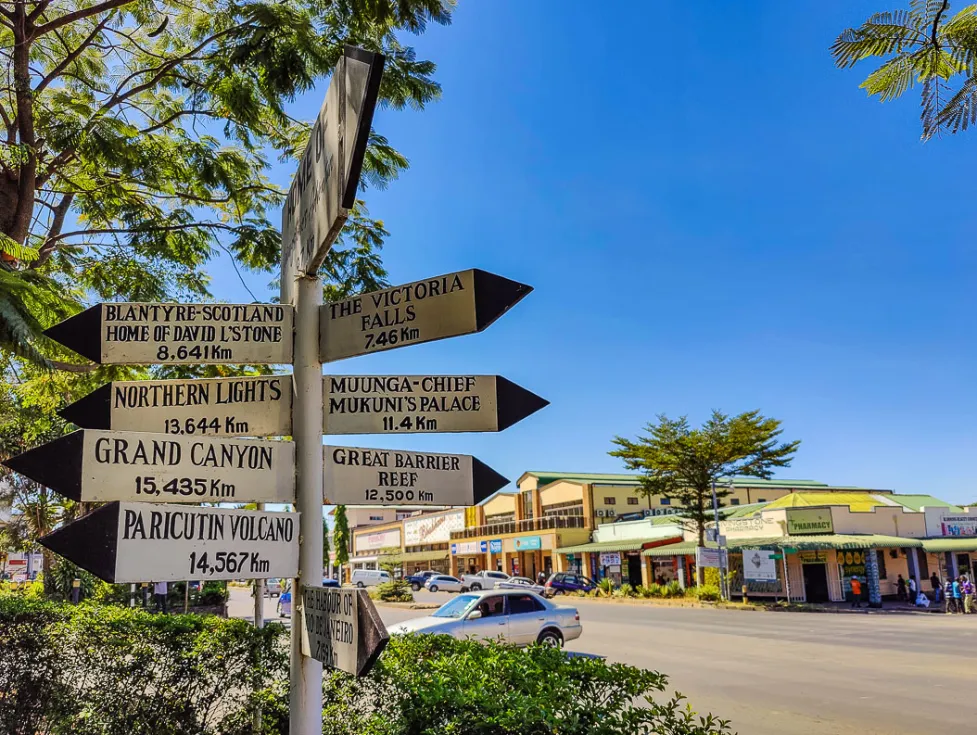
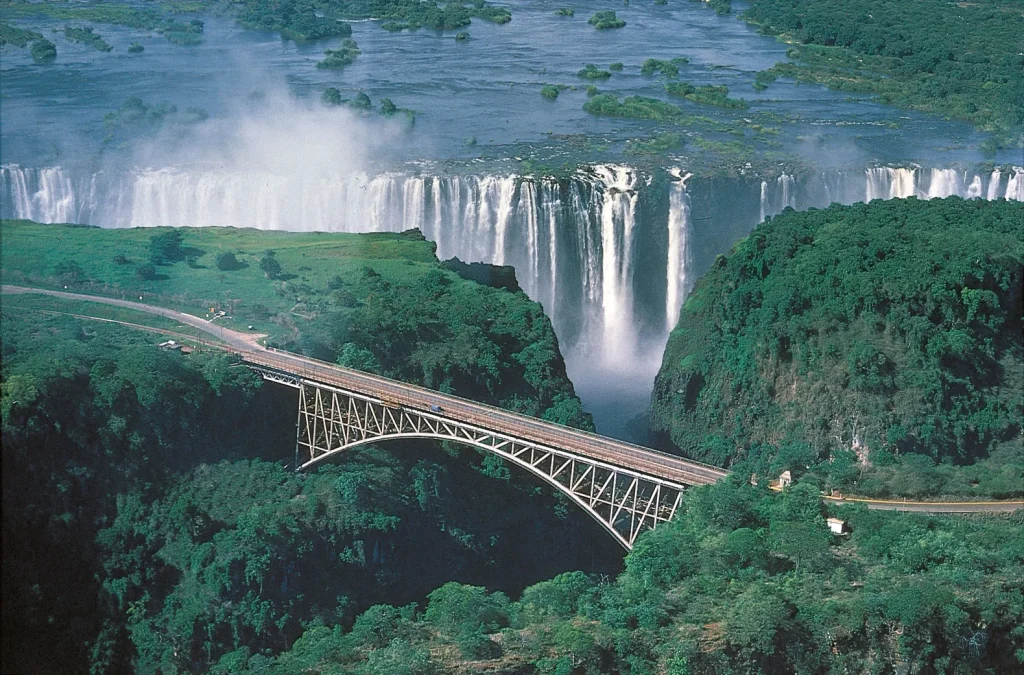
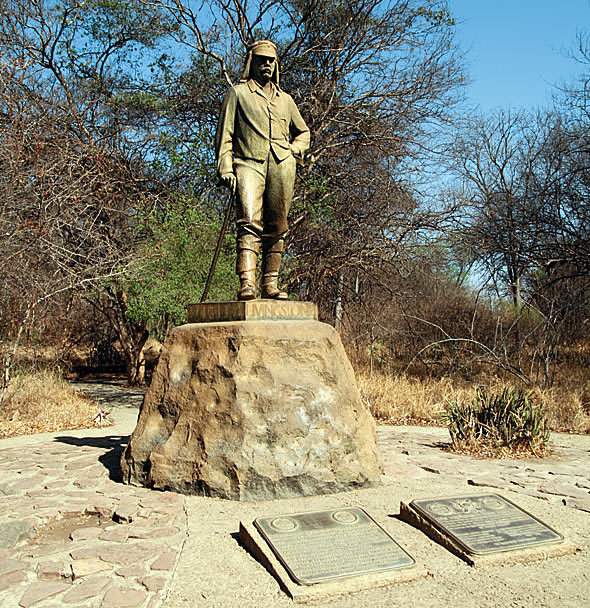

Livingstone: The Man, The Town and The Masonic Lodge Dr. David Livingstone’s life and legacy are closely intertwined with the town of Livingstone in Zambia, reflecting his spirit of exploration, humanitarianism, and enduring influence. Born on 19th March 1813, in Blantyre, Scotland, Livingstone’s upbringing in a devout Christian household fuelled his strong moral compass and desire to serve humanity. After studying medicine and theology, he joined the London Missionary Society in 1841, embarking on his first African expedition to spread Christianity and fight the slave trade.
Livingstone’s significant journeys began in 1849, when he became the first European to reach Lake Ngami. He made further explorations through the African interior, reaching Luanda in 1854 and becoming the first European to witness the falls known locally as Mosi-oa-Tunya, which he named Victoria Falls after Queen Victoria, in 1855. Despite facing illness and hostile conditions, he pursued his quest to locate the source of the Nile, a mission left incomplete at his death in 1873. His deep connection to Africa was symbolized by his heart being buried under a mupundu tree in Zambia, while his body was interred in Westminster Abbey.
The town of Livingstone, named in his honour, was pivotal during the early 20th century under British South Africa Company administration. Figures like Coryndon and Codrington
brought stability, suppressing slavery and establishing infrastructure that facilitated commerce. The development of the railway from Bulawayo to the north in 1904 and its extension to Congo in 1909 spurred economic growth, particularly in copper mining.
By 1911, Livingstone became the capital of Northern Rhodesia, hosting a modest European population and later transitioning to a British Protectorate in 1924. The discovery of significant copper deposits in the Copperbelt attracted substantial investment, transforming the region’s economy despite challenges such as the 1930 copper price crash. The town remained central to Zambia’s development, even after the capital moved to Lusaka in 1935. Post-independence in 1964, Livingstone emerged as Zambia’s premier tourist destination, known for the awe-inspiring Victoria Falls, now a UNESCO World Heritage site.
The town’s historical and cultural significance is also marked by the establishment of Lodge David Livingstone No. 1321 under the Scottish Constitution on 11th February 1924, marking the beginning of formal Freemasonry in Zambia. This lodge became a vital social hub, promoting values of brotherhood, moral integrity, and philanthropy.
In conclusion, Dr. David Livingstone’s legacy as an explorer and humanitarian profoundly influences the town that bears his name. His life’s work exemplifies relentless exploration, deep compassion, and a commitment to alleviating human suffering, inspiring future generations. The formation of Lodge David Livingstone No. 1321 stands as a testament to his enduring contributions, fostering unity and moral integrity. Livingstone’s journey highlights the timeless values of curiosity, empathy, and perseverance, which continue to resonate today.
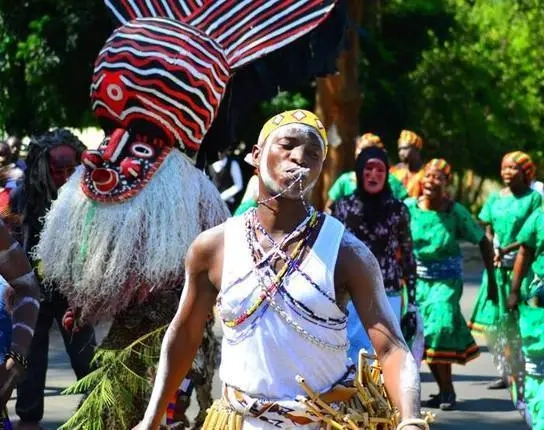
Zambia has a vast collection of cultures, languages, and customs. Over 70 indigenous tribal groups make up the majority of the population, with the rest made up of Asians, Europeans and other. The official language is English, alongside 7 official local languages: Bemba, Nyanja, Lozi, Tonga, Luvale, Lunda and Kaonde.
In Livingstone the main languages used, apart from English, are Tonga and Nyanja. It is customary to greet someone on meeting before starting a conversation.
Here are a few helpful phrases to try out!
Muli Bwanji - How are you?
Bwino - I’m fine.
Zikomo - Thank you.
Mzungu - White person
Chitenge is a brightly coloured and patterned piece of fabric traditionally worn by women. It is often worn wrapped around the chest or waist but can also be used as a headscarf or a baby sling.
The staple food in Zambia is nshima, which is pounded white maize cooked in water. A similar consistency as mashed potatoes, it can be eaten as a porridge for breakfast or with stew and vegetables.
The local beer is Mosi – named after the mighty Smoke that Thunders! Very refreshing on a hot day.
Hub for visitors to the Victoria Falls. The adjoining Mosi-oa-Tunya National Park surrounds the Zambian side of the falls.
Zambia no longer requires entry visas for most Nationalities. Please refer to the Zambian immigration website for additional information, as there are still some that need to pay on arrival and some that may need to pre-apply before travel.
If you are flying in through Victoria Falls, Zimbabwe or Kasane, Botswana please let our administrator know and they will advise on the correct visa required (if any).
NB – If you are hoping to do a Chobe day trip in Botswana or visit Victoria Falls in Zimbabwe during your time in Livingstone (we highly recommend both!), additional visa fees may apply.

The currency in Zambia is the Kwacha (ZMK) and Ngwee. 100 Ngwee make up 1 Kwacha. There are 6 banknotes and 2 coins in circulation: K100, K50, K20, K5 & K2 in notes, K1 and 50N in coins. The current exchange rate is $1 = Click Here While Debit & Credit cards are accepted in most shops and restaurants, cash is needed in the local markets and curio markets.
There are a lot of banks in town to choose from. If using the ATM machines, most of them take Visa cards and you will receive Kwacha cash. If you want USD then you can withdraw from within the banks, or there are some Bureau De Change shops in town, but it is best to bring USD cash with you.
Banks
Bureau De Change
If you’re out and about and need a bite to eat, or a caffeine hit, there are plenty of places to choose from in Livingstone.
The Old Farmhouse, the best grills in Livingstone! Come enjoy the best outdoor dining and peaceful atmosphere.
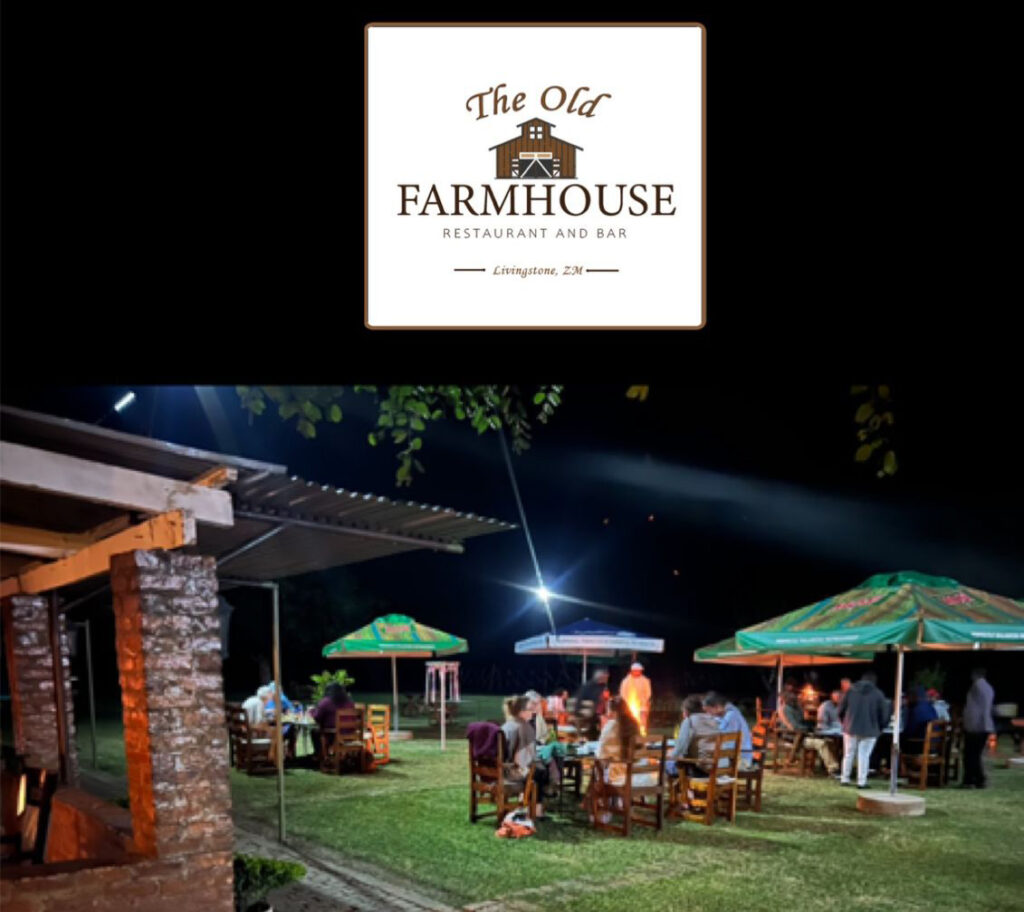
Located next to Waterfront beautiful lodge with delicious food in a stunning setting by the river.

PROPER Italian ice cream, vital in our summer months
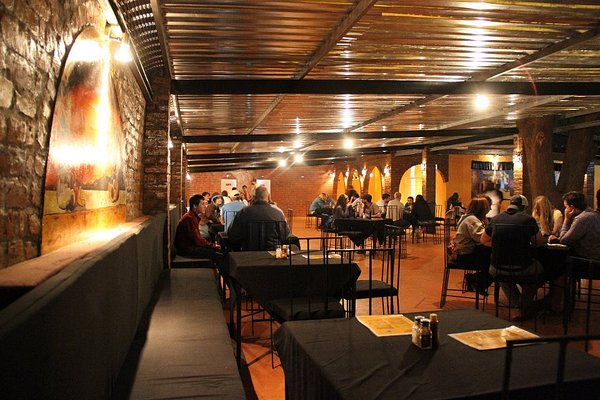
Indian, delicious, authentic, and highly recommended (one of our favourites!).
